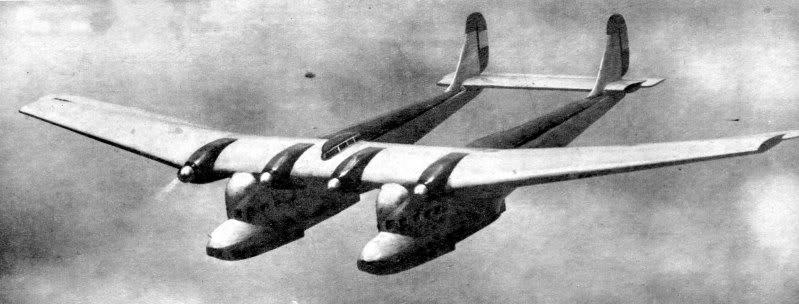| Type | Sea 7 + 60 passengers | Land 7 + 56 passengers |
| Engine | 4 engines | |
| Dimensions | Length 33,20 m, height , span 62,80 m, wing area 532 m2 | Length 31,20 m, height , span 62,80 m, wing area 532 m2 |
| Weights | Empty 18500 kg, flying weight 30000 kg | Empty 18250 kg, flying weight 30000 kg |
| Performance | Max.. speed 180 km/h, cruising speed , range 1900 km | Max. speed 200 km/h, range 2200 km |
